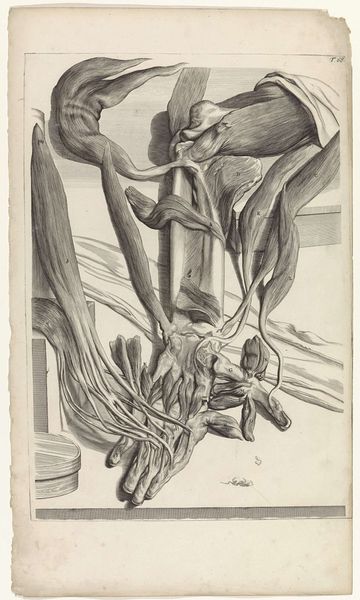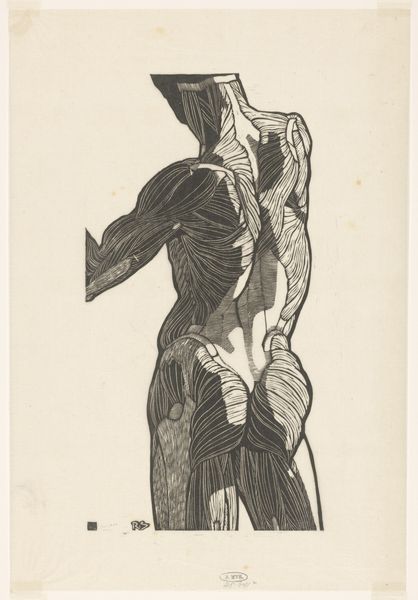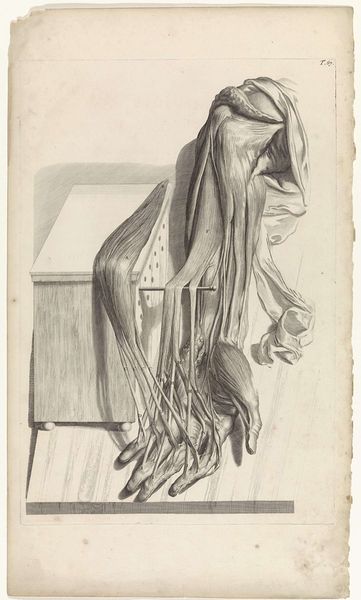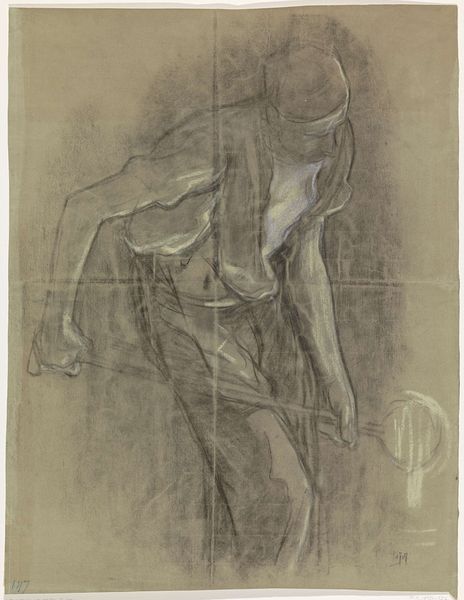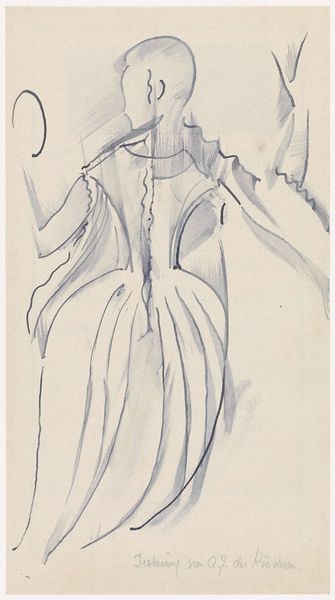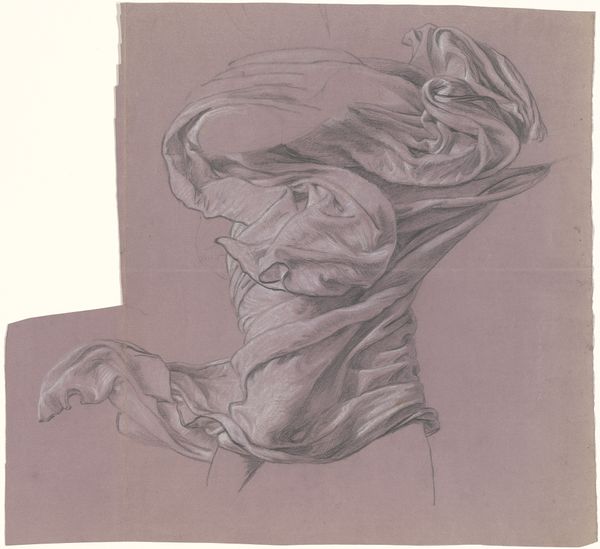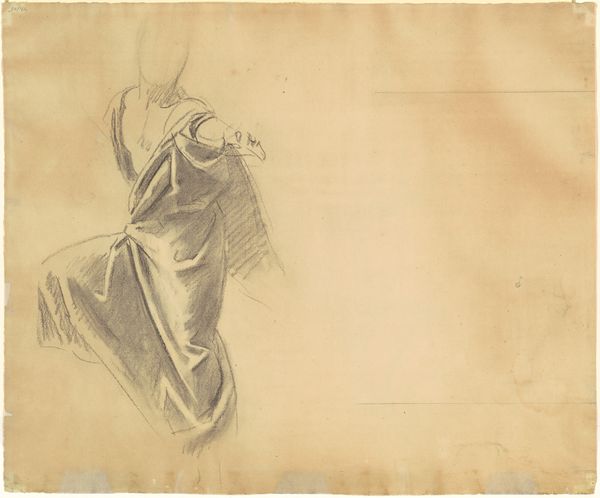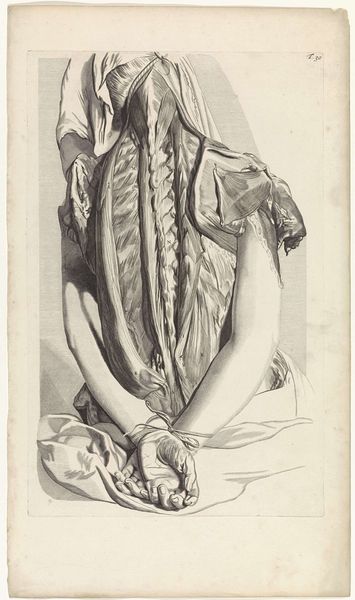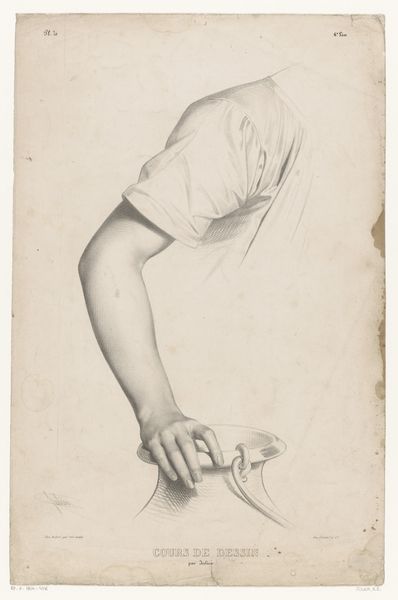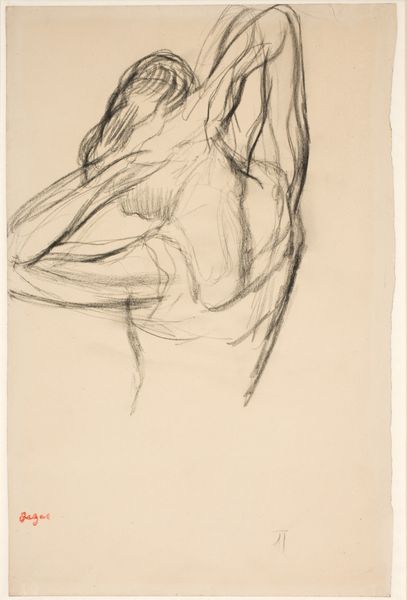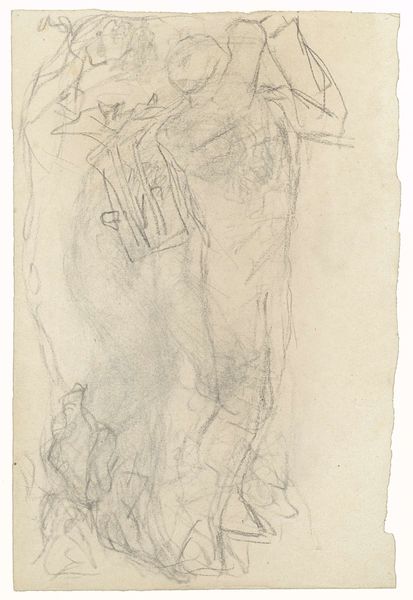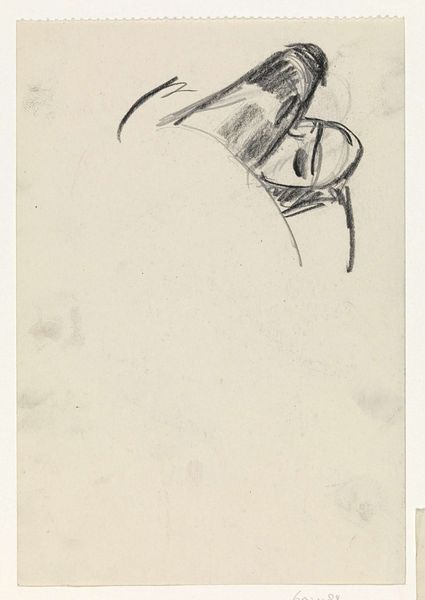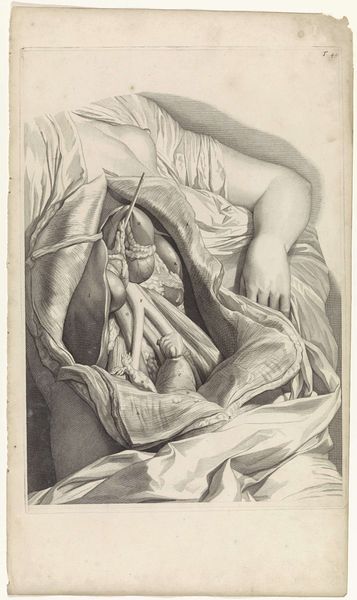
drawing, paper, ink, engraving
#
portrait
#
drawing
#
medieval
#
figuration
#
paper
#
ink
#
line
#
history-painting
#
academic-art
#
engraving
#
realism
Dimensions: width 330 mm, height 473 mm
Copyright: Rijks Museum: Open Domain
Editor: Here we have Pieter van Gunst’s 1685 “Anatomische studie van de spieren en pezen van de linkerhand,” an anatomical study of the muscles and tendons of the left hand. It's rendered with ink on paper in engraving. It's quite detailed, almost unsettlingly so, but technically impressive. What strikes you about this piece? Curator: What immediately comes to mind is the relationship between knowledge, power, and the human body. In the 17th century, anatomical studies weren't just about science; they were deeply intertwined with societal views on gender, race, and class. The detached hand, meticulously rendered, becomes an object of dissection, literally and figuratively. What is present tells us more about who might have been excluded or exploited in the production of such ‘knowledge’ Editor: So, you’re saying it's not just a scientific drawing, but a reflection of the social power dynamics of the time? Curator: Precisely. Who had the right to study the human body, and whose bodies were available for study? Consider how these early anatomical studies often relied on the bodies of marginalized groups. Look at the sharp lines, the almost clinical detachment. It speaks volumes about the objective, often dehumanizing gaze of early scientific inquiry, and how those gazes might still be present today. The very act of dissecting and labeling reinforces a power structure. The draped cloth also softens and frames what could have been a completely stark vision. What are your thoughts about that? Editor: That's a really insightful point. The drape lends it a compositional interest that moves it away from strict utility. It introduces an interesting tension that hadn't struck me before. Curator: Exactly. Even in scientific representation, aesthetics are not neutral. It underscores how deeply embedded our biases are, even in seemingly objective pursuits. Thinking about who benefits from, and who is potentially harmed by, this pursuit is imperative. Editor: I’m seeing how it goes beyond just admiring the artistic skill; it forces you to consider the ethical dimensions of knowledge itself. Thanks for opening my eyes to these deeper layers! Curator: The most profound art often challenges us to confront uncomfortable truths.
Comments
No comments
Be the first to comment and join the conversation on the ultimate creative platform.
